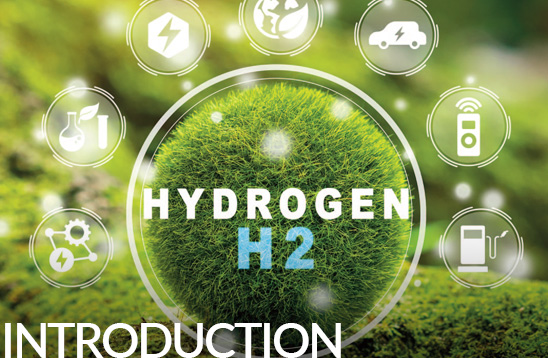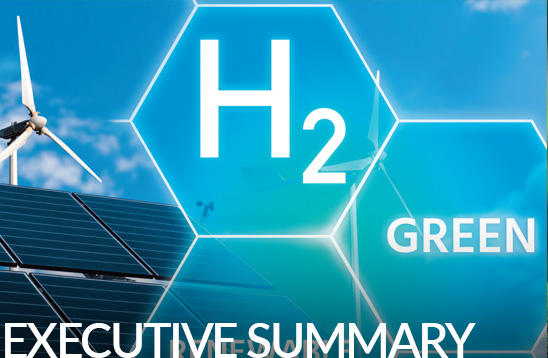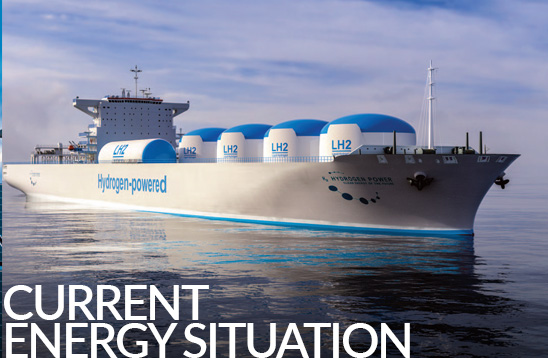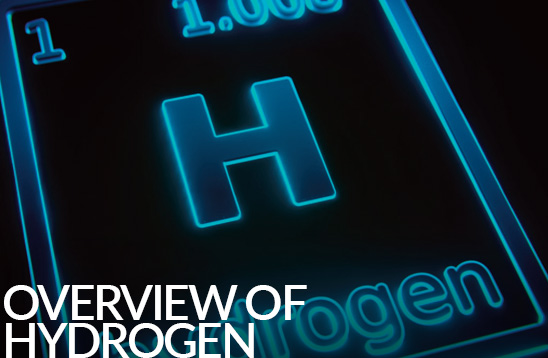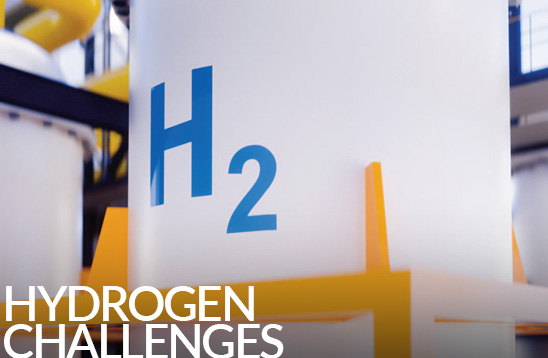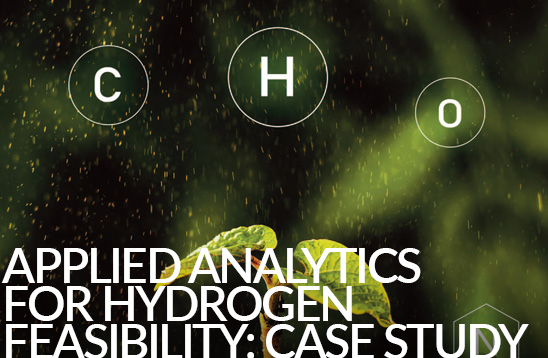Hydrogen, an essential energy vector in evolving towards a decarbonized economy
Video: Hydrogen
Table of contents
Download document
In recent decades, the world's population has grown dramatically. By mid-November 2022, 8 billion inhabitants have been reached, more than three times the number existing in the middle of the 20th century, and a quarter of this increase has taken place in the last 25 years (in the last decade alone this increase was 11.3%). This demographic growth has been accompanied by a process of industrialization as a means of boosting economic development. Both elements have significantly intensified the demand for energy. Specifically, in the last 25 years, total consumption of primary energy grew by 57.8% (in the last decade, the increase amounted to 14.4%, with around 80% of total global demand being met by fossil fuels: coal, oil and natural gas).
This increase in energy consumption presents a set of challenges that need to be addressed, including global concern about the impact that energy production and consumption can have on climate change.
According to the United Nations, fossil fuels, such as coal, oil and gas, are by far the biggest contributors to global warming, generating more than 75% of total global greenhouse gas emissions and nearly 90% of all carbon dioxide emissions.
Another important challenge to be addressed is the impact of energy production and consumption on the environment due to air and water pollution processes, land use, the need for large areas for the installation and operation of power plants, or waste management, among other reasons. Renewable energies, which contribute decisively to mitigating this impact on climate, are not exempt from producing environmental impacts (potential extensive use of land, impacts on flora and fauna, etc.).
In addition, they present challenges in terms of the accumulation and storage of the energy produced, due to the variability of generation.
Finally, the current energy mix poses a geopolitical challenge for countries dependent on fossil fuel energy that do not have such natural resources, which could jeopardize energy security.
All this has led to a continuous exploration of additional energy sources to transform the energy mix and increase energy efficiency, seeking to mitigate these negative effects derived from the production, transportation and use of energy. In this sense, renewable energies (excluding hydroelectric generation) are the ones that have had the greatest growth in electricity generation. Electricity production through renewable energies has increased more than 18-fold since the beginning of the 21st century, and although not all geographical areas have seen the same growth (see Figure), globally renewable energies accounted for 14% of electricity production in 2022, surpassing nuclear energy, which accounted for 9%. However, coal and gas still remain the largest energy sources, accounting for 35% and 23% of production, respectively.
Total electricity generation by geographic area and percentage of renewable sources in the mix of each region in 2022
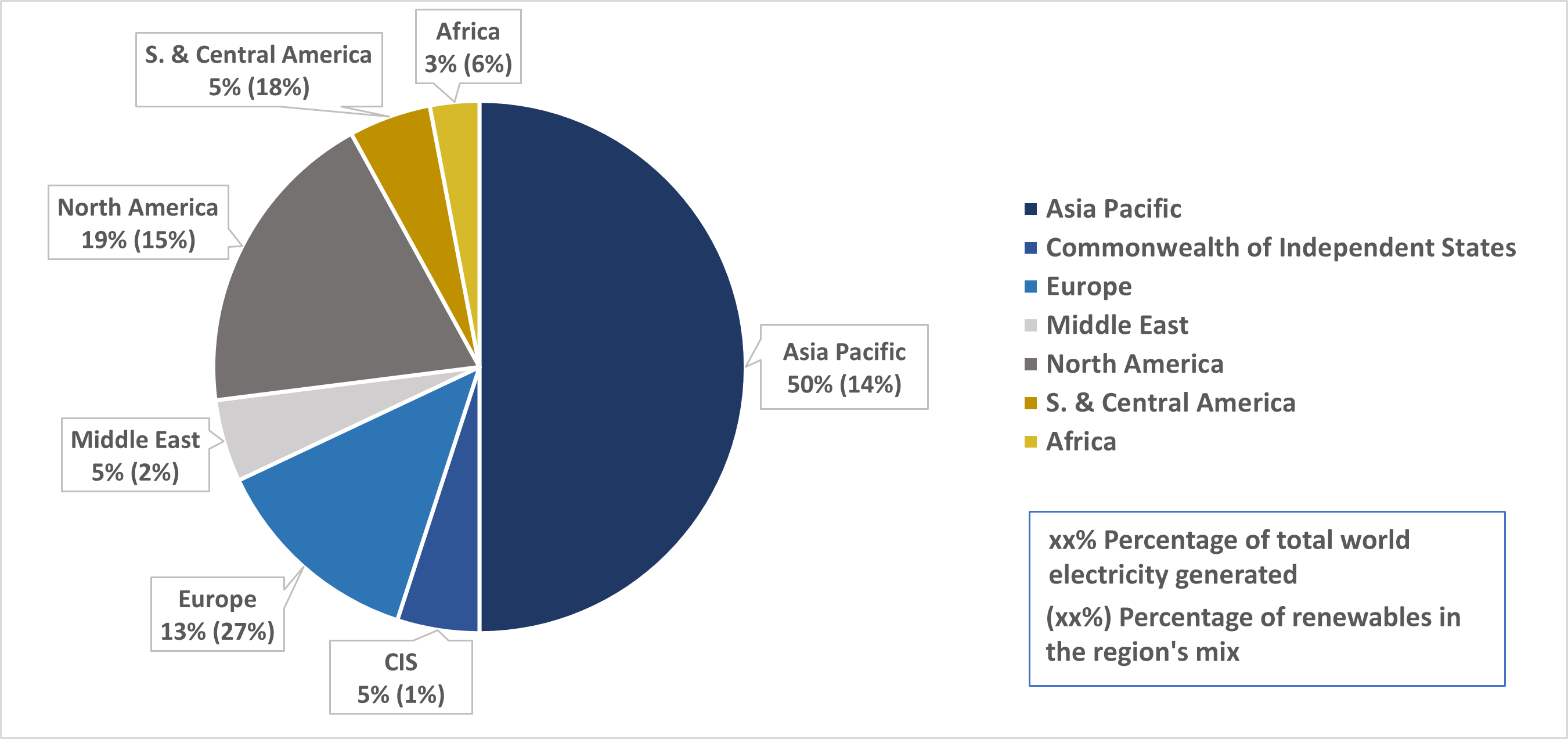
In this context, hydrogen, a commonly consumed gas in industrial processes, is becoming very important because of its ability to act as a decisive energy carrier (as it can be used to store and transport energy for later release). Recent studies indicate that 60% of emission reductions could come from renewable generation combined with green hydrogen. There is therefore consensus on the key role that green hydrogen can play in accompanying this energy transition, enhancing the integration of renewable energies themselves or even acting as a decarbonization solution in some sectors (transport, industrial processes, etc.).
This publication aims to provide an understanding of hydrogen by explaining its different types as well as its value chain and key challenges, and by analyzing a case study that illustrates in a practical way how analytical tools can be leveraged to address some of the challenges involved in its adoption process, such as the selection of optimal sites for developing new projects.
Table of contents
Introduction
Executive summary
Current energy situation
Value chain
Current status and anticipated developments
Hydrogen challenges
Applied analytics for hydrogen viability: case study
Conclusions
Hydrogen, an essential energy vector in evolving towards a decarbonized economy
Access the complete document
